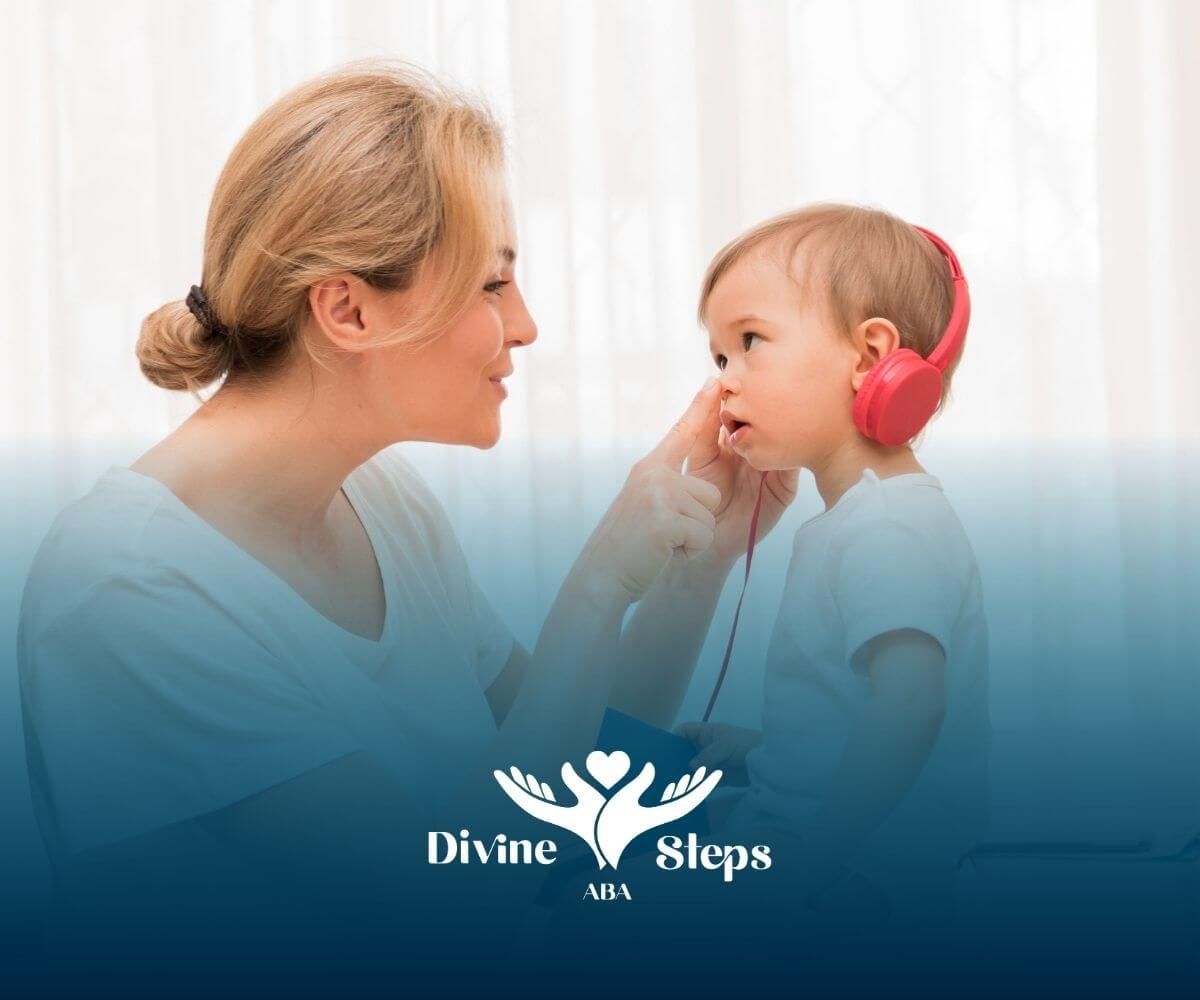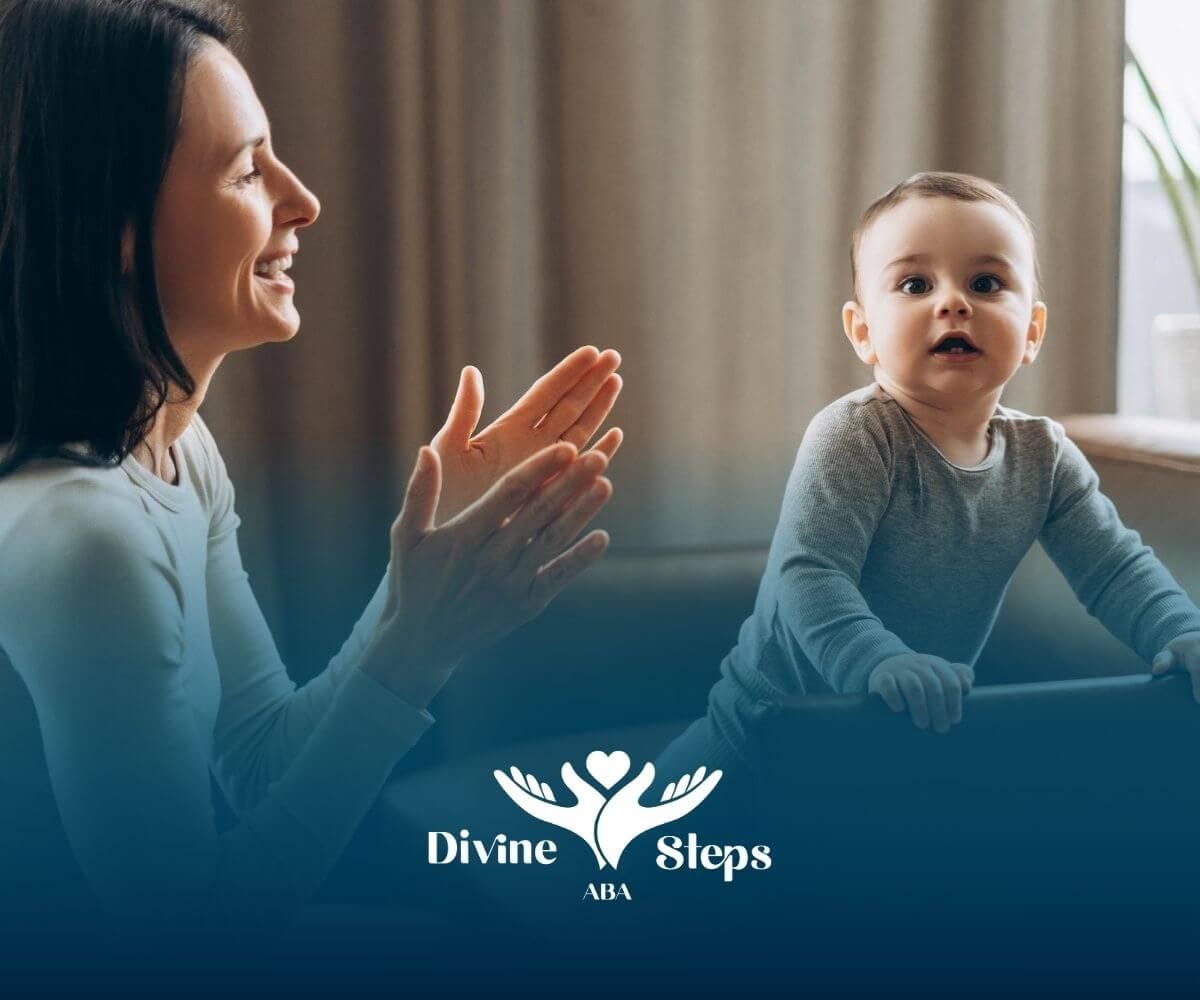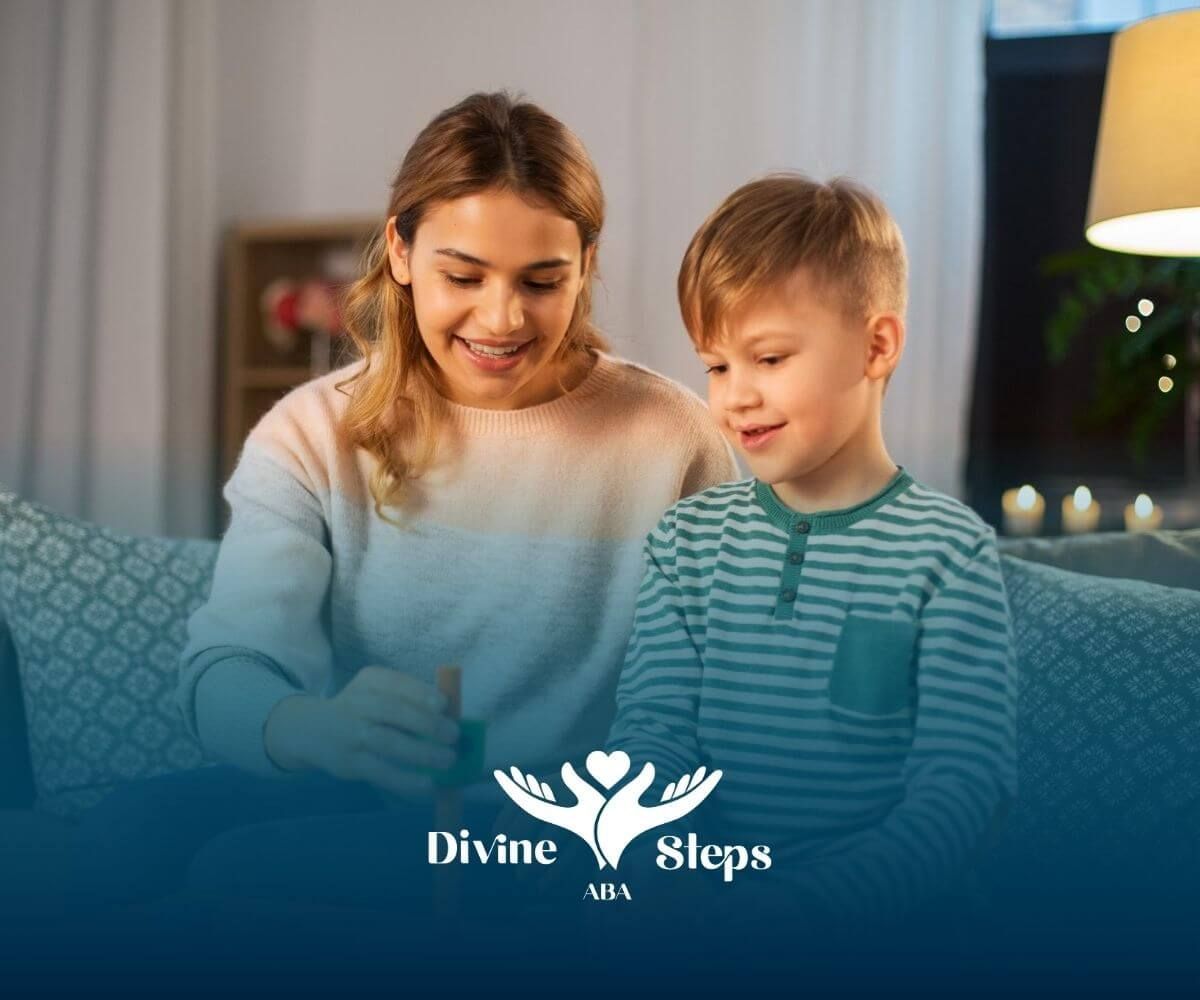Website by CWS
10 Fun Autism-Friendly Halloween Costumes for Kids
Autism-friendly Halloween costumes can turn a spooky night into a joyful celebration for children on the spectrum. Many traditional outfits use scratchy fabrics or tight accessories that trigger sensory overload. By choosing options that prioritize soft materials, familiar designs, and easy wear, parents and caregivers can help each child feel confident and excited about the holiday. A sensory plan can set clear expectations and built-in breaks for a calmer evening.
Each costume idea below highlights comfort, simplicity, and fun. These selections range from ready-to-wear store finds to creative DIY projects that let children’s interests shine. Families and educators in Maryland, Virginia, and North Carolina will find practical tips for every type of autism-friendly Halloween costume.
Cozy Character Onesies
Soft, loose-fit onesies bring favorite characters to life without the overwhelm of full costumes. These all-in-one pieces often include built-in hoods and mittens that stay put, so children can move freely.
- Choose tagless seams and cotton blends for itch-free wear
- Look for familiar designs (dinosaurs, unicorns, or superheroes) to boost comfort
- Opt for front-zip closures or snap buttons for quick changes
Pajama Costume Choices
Character pajamas offer a subtle nod to Halloween while keeping bedtime comfort intact. Loose silhouettes and familiar sleepwear fabrics can ease anxiety around dressing up.
- Pick licensed prints like Toy Story or friendly monsters
- Ensure pants have elastic waists and wide legs for easy movement
- Add glow-in-the-dark accents for visibility after dusk
Themed T-Shirt Costumes
Graphic tees printed as pumpkins, skeletons, or favorite characters make minimal-dress options possible. Layering a long-sleeve shirt or leggings keeps kids warm without bulky layers.
- Pair with solid-color leggings or pants to complete the look
- Use fabric markers to personalize designs based on each child’s interests
- Secure lightweight capes or felt accessories with Velcro strips
DIY Superhero Outfits
A simple tee and leggings form the base for a sensory-friendly hero costume. Felt emblems and soft capes can be attached and removed at will, giving control back to the child.
- Cut logos from felt and use fabric glue for a no-sew application
- Choose capes with Velcro or magnetic closures to avoid tight neckbands
- Let the child select hero colors to honor special interests
Adaptive Costume Options
Major retailers now stock adaptive Halloween costumes tailored to sensory needs. Flat seams, hidden openings, and detachable tags reduce irritation for many children with autism.
- Check for easy-access zippers at the front or back
- Seek tagless labels and soft lining materials
- Confirm detachable elements can be removed without tools
Appliance-Inspired Costumes
Homemade outfits based on everyday objects encourage creativity and comfort. Cardboard boxes can transform into washing machines or pizza slices, letting children wear familiar shapes.
- Reinforce edges with ribbon or fabric tape to prevent sharp corners
- Cut armholes wide enough for free movement
- Decorate with washable paints or fabric stickers for quick cleanup
Custom Group Themes
When multiple children dress up together, coordinating sensory-friendly shirts and accessories keeps the ensemble stress-free. Themes like zoo animals or space explorers can unite siblings or classmates.
- Use matching t-shirts with iron-on transfers for cohesion
- Offer soft headbands or hats instead of rigid masks
- Assign simple roles (pilot, mechanic, alien) to let each child shine
Decorated Wheeled Costumes
Transforming a wagon, stroller, or battery-powered car into a costume on wheels provides built-in rest periods. Children can hop in or out to self-regulate when needed.
- Line seating areas with cozy blankets or pillows
- Add LED string lights for visibility and festive flair
- Secure lightweight props with Velcro so parents can adjust on the go
Face Paint Alternatives
For kids who avoid masks or headgear, face-paint stickers and temporary tattoos deliver thematic flair without heaviness. Hypoallergenic options protect sensitive skin.
- Test a small patch 24 hours before Halloween
- Offer peel-and-stick decals for no-mess application
- Choose kits labeled fragrance-free and dermatologically tested
Simple Cardboard Costumes
Sturdy cardboard can become robots, monsters, or vehicles with minimal sewing or gluing. Painting large panels reduces fine-motor demands and creates bold visuals.
- Pre-cut shapes and let the child decorate with markers
- Attach straps with elastic bands to allow adjustable fits
- Reinforce joints with duct tape hidden under paint
Costume Comparison Table
Comfort Level
Store-Bought Pros
High (adaptive)
DIY Flexible
Customizable
Prep Time
Store-Bought
Low
DIY
Medium
Cost
Store-Bought
Medium
DIY
Low to Medium
Sensory Adaptability
Store-Bought
Variable
DIY
High
Families can weigh the trade-offs between ready-made and homemade designs based on budget, time, and sensory needs. Combining both approaches often yields a fall costume that’s both joyful and manageable.
Conclusion
These autism-friendly Halloween costume ideas put children’s comfort and special interests front and center. By prioritizing soft fabrics, simple closures, and choice, parents and therapists can ensure that every child on the spectrum enjoys the festivities. Each family may select one idea and adapt it to fit individual preferences, turning Halloween into a fun, inclusive celebration. If readers have a favorite costume hack or photo to share, they can post it in the comments and help build a supportive community.
At Divine Steps ABA, we believe that every moment, including holidays like Halloween, can be turned into an opportunity for joy, growth, and connection. Our ABA programs across Maryland, Virginia, and North Carolina are designed to help children on the autism spectrum build confidence and thrive in social settings through personalized, sensory-friendly strategies. Whether it’s preparing for Halloween or developing daily living skills, our therapists work hand in hand with families to make each milestone meaningful and fun.
Create more joyful, inclusive experiences for your child this Halloween and beyond.
Contact us today to learn how our customized ABA therapy can support your child’s comfort, confidence, and success—one step at a time.
Frequently Asked Questions
What are the best Halloween costumes for children with autism?
Soft, tag-free costumes made from comfortable fabrics and featuring easy closures are ideal. Choose themes that reflect your child’s special interests to make dressing up exciting rather than stressful.
How can I make Halloween less overwhelming for my autistic child?
Introduce costume practice early, use visual schedules for trick-or-treating, and bring sensory supports like headphones or a weighted vest to help your child feel secure during festivities.
Are there autism-friendly Halloween events near me?
Yes! Many communities in Maryland, Virginia, and North Carolina host sensory-friendly trick-or-treat nights or inclusive fall festivals designed specifically for children on the spectrum.
SOURCES:
https://www.autismspeaks.org/blog/autism-and-budget-friendly-halloween-costume-ideas
https://www.understood.org/en/articles/diy-sensory-friendly-halloween-costumes
https://thekishaproject.com/autism-costume-tips/
https://www.thephoenixcenternj.org/news/phoenix-family-tips/making-and-buying-autism-friendly-halloween-costumes/
https://www.autismparentingmagazine.com/sensory-friendly-halloween/




